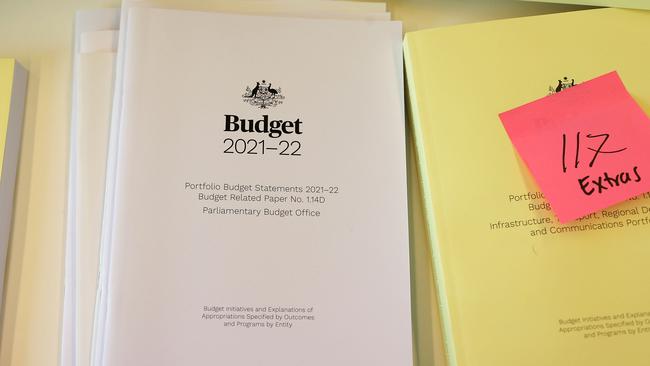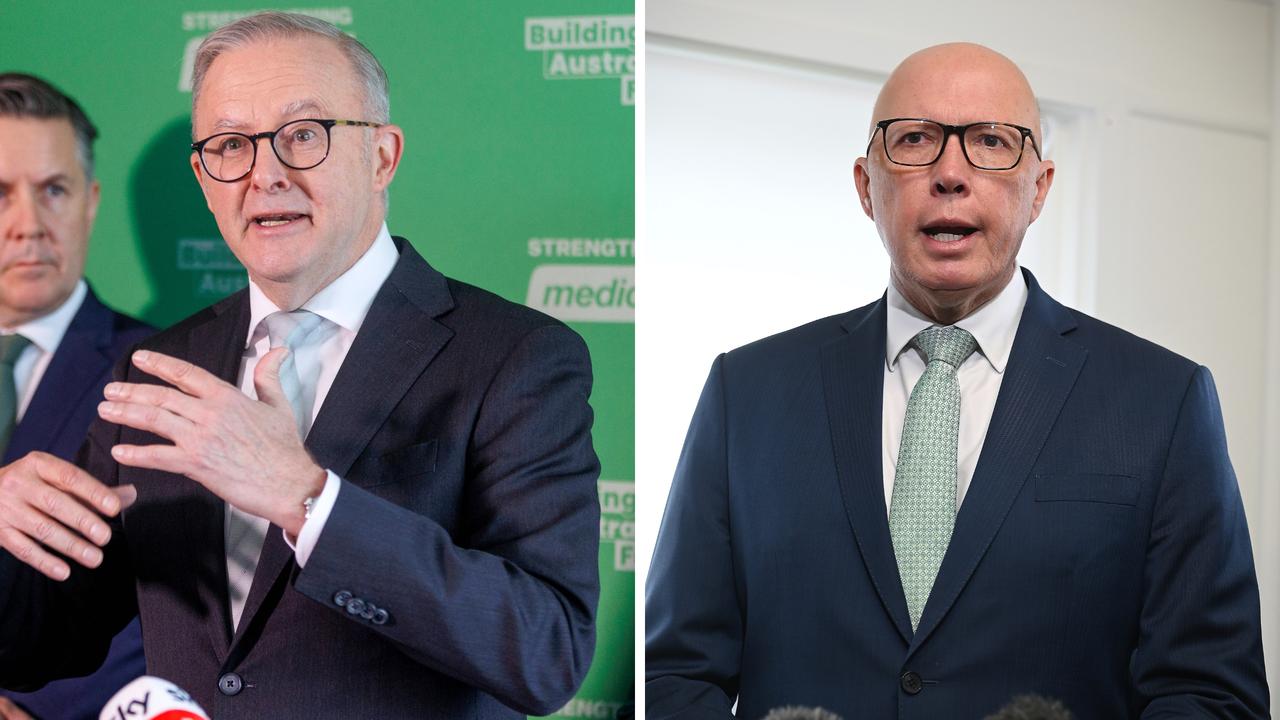
The fifth Intergenerational Report is expected to be released by the Treasury on June 28. The last IGR was released in 2015 but this forthcoming one has been delayed because of Covid. The word on the street is that this IGR will contain rivers of red as far as the eye can see.
The origins of the IGR relate to the passing of the Charter of Budget Honesty, which contains the requirement to release a report each five years about the “long-term sustainability of current government policies and how changes to Australia’s population size and age profile may impact economic growth, workforce and public finances over the following 40 years”.
In the first report, released in 2002 and which is arguably still the best, we were introduced to the idea of the three Ps: population, participation and productivity. These three factors contribute to output growth, although arguably per capita growth is more interesting than growth per se.
The main message of that first IGR was that while the federal government’s finances were in good shape in the short term, fiscal pressures would build up in part because there would be relatively more older people in the future.
By 2041-42, there would be a fiscal gap – spending greater than revenue – of 5 per cent of GDP. Spending on health, aged care and the age pension were highlighted as sources of fiscal stress.
The report concluded by saying “future governments will need to make the difficult decisions that ensure future generations of Australians continue to enjoy the stable and resilient economy that we have today. Governments also will need to continue to take a long-term view of policies and consider their long-term consequences”.
The 2007 IGR was also a solid report, with the conclusion being that, on reflection, the fiscal gap might be smaller, coming in at 3.5 per cent of GDP in 2046-47.
Sadly, both the 2010 and 2015 IGRs were intensely political documents reflecting the tense political contexts of the time.
Consider the 2010 IGR, which was inexplicably brought forward. This report took a decidedly different tack under Labor’s treasurer, Wayne Swan. This is clear from the foreword he wrote. “The key conclusion is that an ageing population and climate change present significant long-term risks for the economy and the sustainability of government finances.”
According to this IGR, Labor’s Carbon Pollution Reduction Scheme was the key to dealing with the threat of climate change and a cap of 2 per cent per year on government spending to 2015-16 would assist fiscal sustainability. As events panned out, the Labor government was unable even to keep to this spending cap during its remaining years in government, with payments increasing from 24.7 per cent of GDP in 2011-12 to 25.4 per cent in 2013-14.
Take then the 2015 IGR, delivered when Joe Hockey was the Coalition government’s treasurer. In that report, we learnt that under “previous policy”, net government debt was going to reach 122 per cent of GDP by 2054-55 – that’s a dig at the former Labor government – or 60 per cent of GDP under the “currently legislated” policy. Under the “proposed policy” scenario, however, net debt would decline to zero by 2031-32.
What you might ask is “proposed policy”? Essentially, it involved a whole series of heroic assumptions including raising the age of entitlement to the age pension to 70 years of age; proportionately reducing government payments to individuals; keeping a very firm lid on spending on aged care and the NDIS; and various other unspecified initiatives. To quote that Australian classic, someone needed to tell Joe he was dreamin’.
What these recent reports reveal is that it’s impossible to keep politics out of the analysis. But politics aside, the final results are largely assumption-driven. They can inform us on the extent to which the age composition of the population drives government spending, all other things being held constant. (Ageing is not as important as many people assume it to be.)
And the results also highlight the crucial role that productivity growth plays in determining whether or not future fiscal spending will be sustainable. This point is at least made clear in the 2015 IGR.
“During the 1990s, Australia’s productivity growth was especially high, with an estimated average of 2.2 per cent growth per year. This has been widely attributed to economic reforms during the 1980s and 1990s … More recently, our productivity growth has slowed, with an average of 1.5 per cent growth per year observed through the 2000s. This report takes historical productivity growth as a guide, and assumes that average annual labour productivity growth over the next 40 years will be 1.5 per cent.”
As it turns out, 1.5 per cent is looking far too optimistic and it will be a key parameter to watch for when the latest IGR is released.
In all likelihood, part of this report will essentially be a repeat of the medium-term outlook (out to 2031-32) contained in the recent budget. The expectation there was that budget deficits will run from the present to that end point, with the cash balance improving from 7.8 per cent of GDP to 1.3 per cent in 2031-32.
But note the assumption is that government spending will grow no faster than GDP after 2024-25. By 2031-32, net government debt will be 37 per cent of GDP or well over $1 trillion. As the wily Irish man would say, it won’t be a great place to start.
Compared with 2002, there is little scope for the economy to reap the benefits of even higher workforce participation rates, with both overall and female rates sitting at historic highs. To be sure, there has been a welcome jump in the participation of older persons in the workforce but any further gains are likely to be relatively small.
Something else to watch in the latest IGR are the assumptions made about net overseas migration and population growth. It’s well known that Treasury is a “big Australia” advocate and no doubt there will be support for a resumption of migration intakes at pre-Covid levels, at least.
But whether excessive population growth really improves fiscal outcomes is a moot point; after all, migrants themselves age. And what we are witnessing now, with large numbers of baby boomers retiring, is in part a reflection of the high rates of migration of the 1950s and 60s.
So my advice is to hold on to your hats when the IGR is finally released. The bottom line is that we have champagne tastes when it comes to government spending but we only have a beer budget.
But in trying to bridge that gap by raising more tax, for example, we run the risk of crowding out the private sector and further dampening productivity growth. It’s time for a very careful look at government spending.



